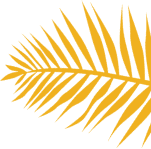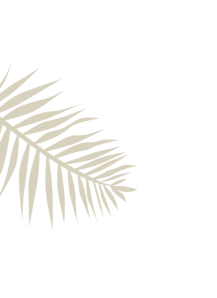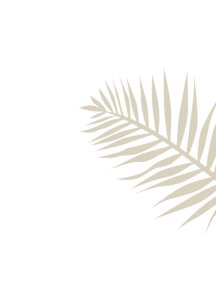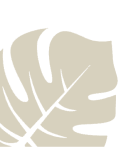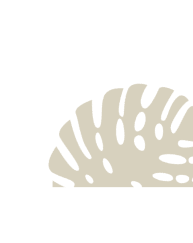
Mike James Ross
Mike James Ross is the CHRO of Simons, a leading North American retailer, where he helps over 5,000 employees thrive. Prior to Simons, Mike was a consultant at McKinsey, focused on transforming Fortune 100 companies into better workplaces. He then founded a coaching and leadership development firm that worked with global organizations such as Google and Cirque du Soleil.
